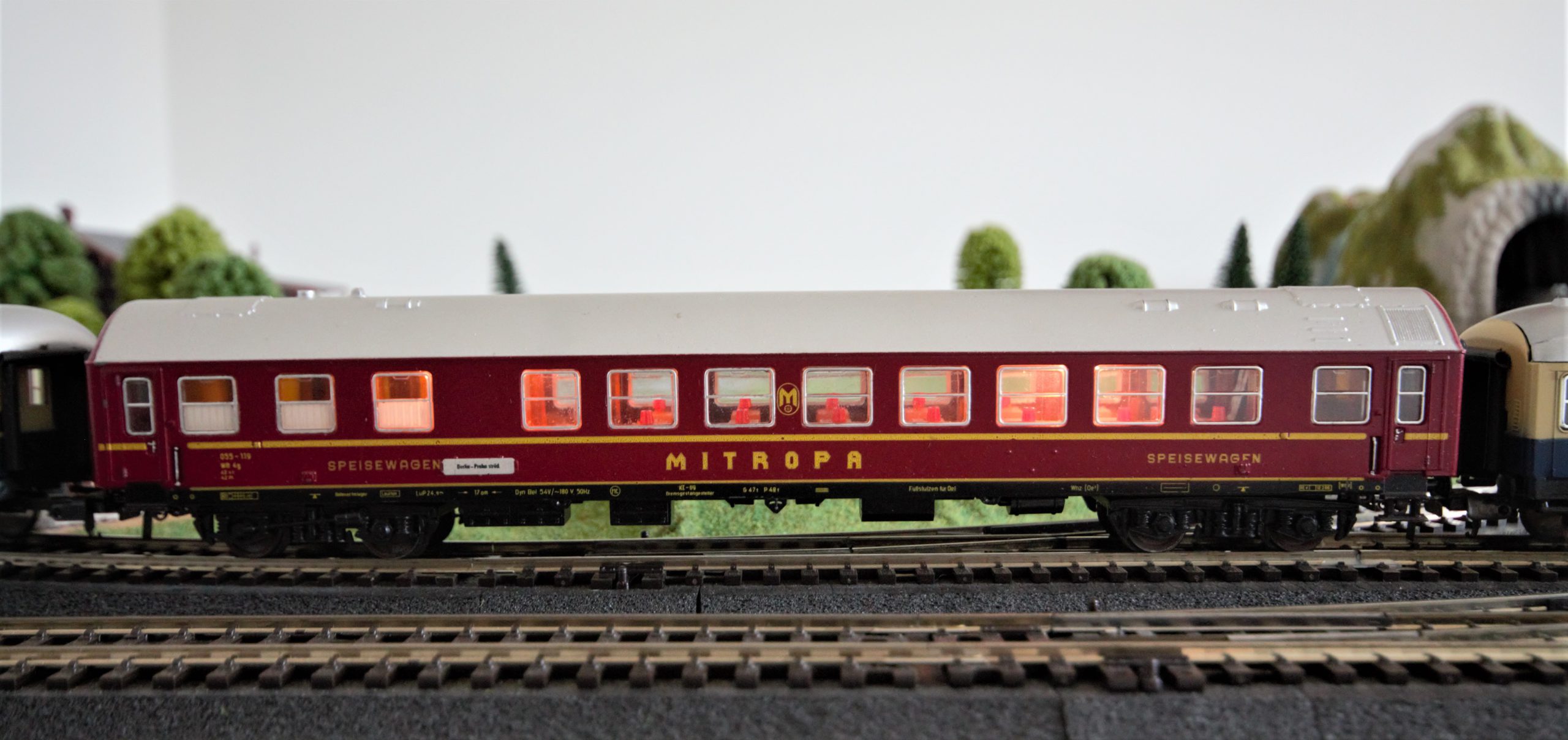
The holiday season is always a good opportunity to add to the model train venture. Be it new rolling stock, technical equipment or other useful things - something always gets added. This year's haul was unexpectedly big, due to some opportunity purchases that I normally wouldn't have made, but couldn't pass up. So here's the rundown of the new additions to the fleet.
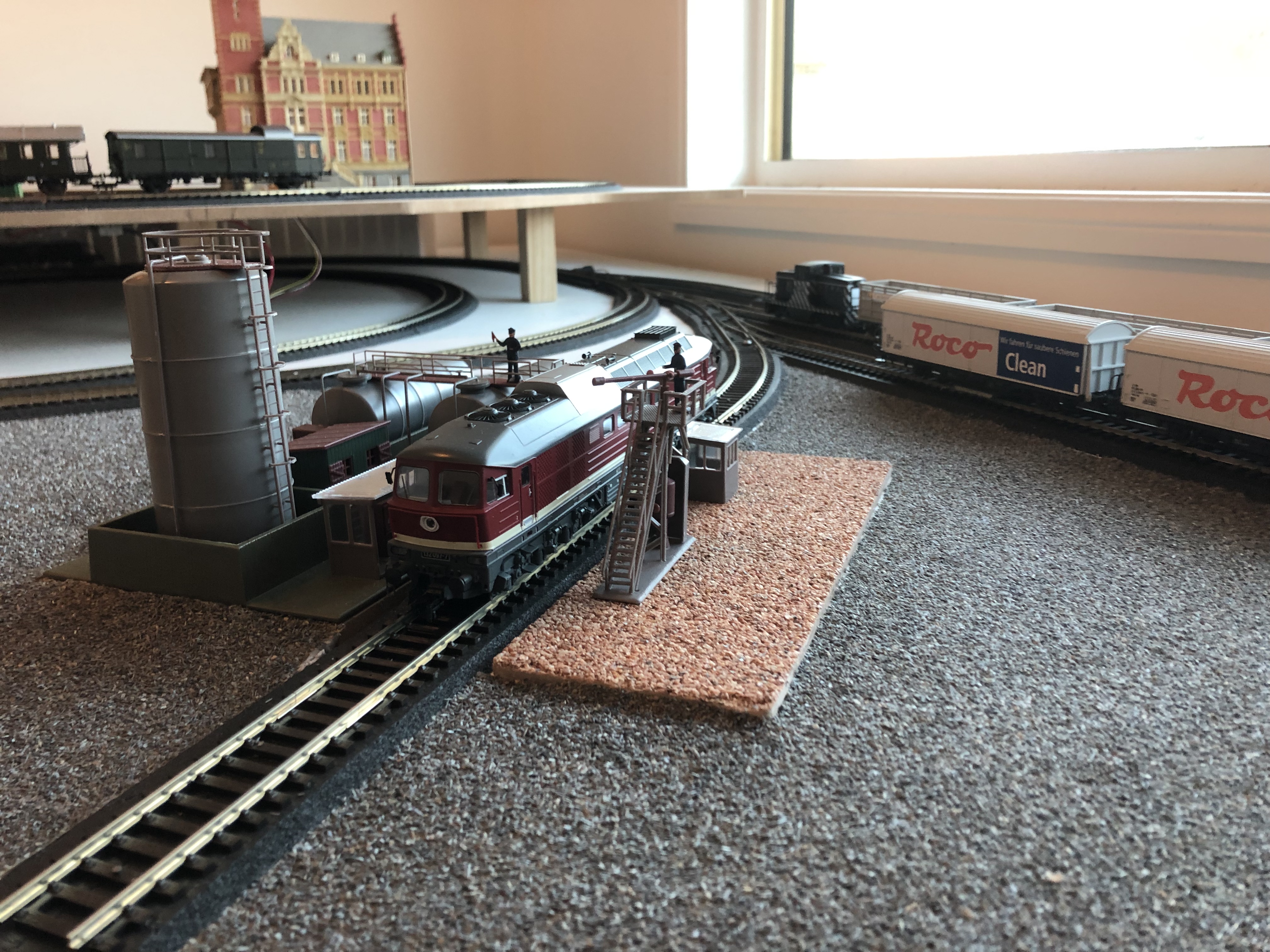
Sound in model trains is one of those things. Opinions are split as to whether it's any good at all. In forum discussions I have read, some people defend sound in models as an addition to the perceived realism of their setups. On the other side of the table, there are those who prefer not to run with sound because it never really sounds like the real thing anyway. Then the next question often argued is how detailed and close to the original the sound has to be - or not.
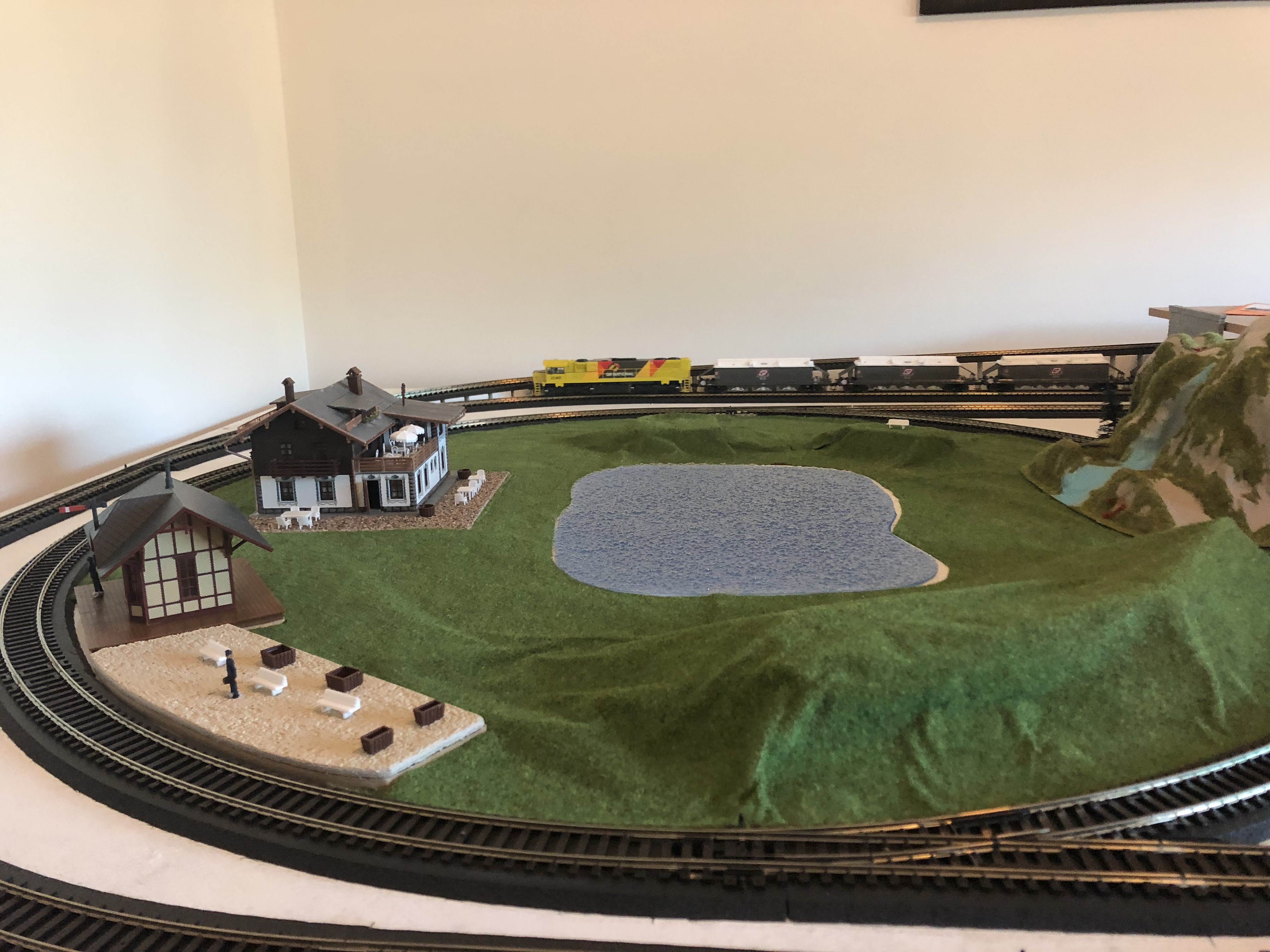
It's been a while since the last post on this blog, and a few things have happened in the meantime. Life sometimes gets in the way of posting, so this post will go into a bit of detail on several of the developments that happened over the past month or three.
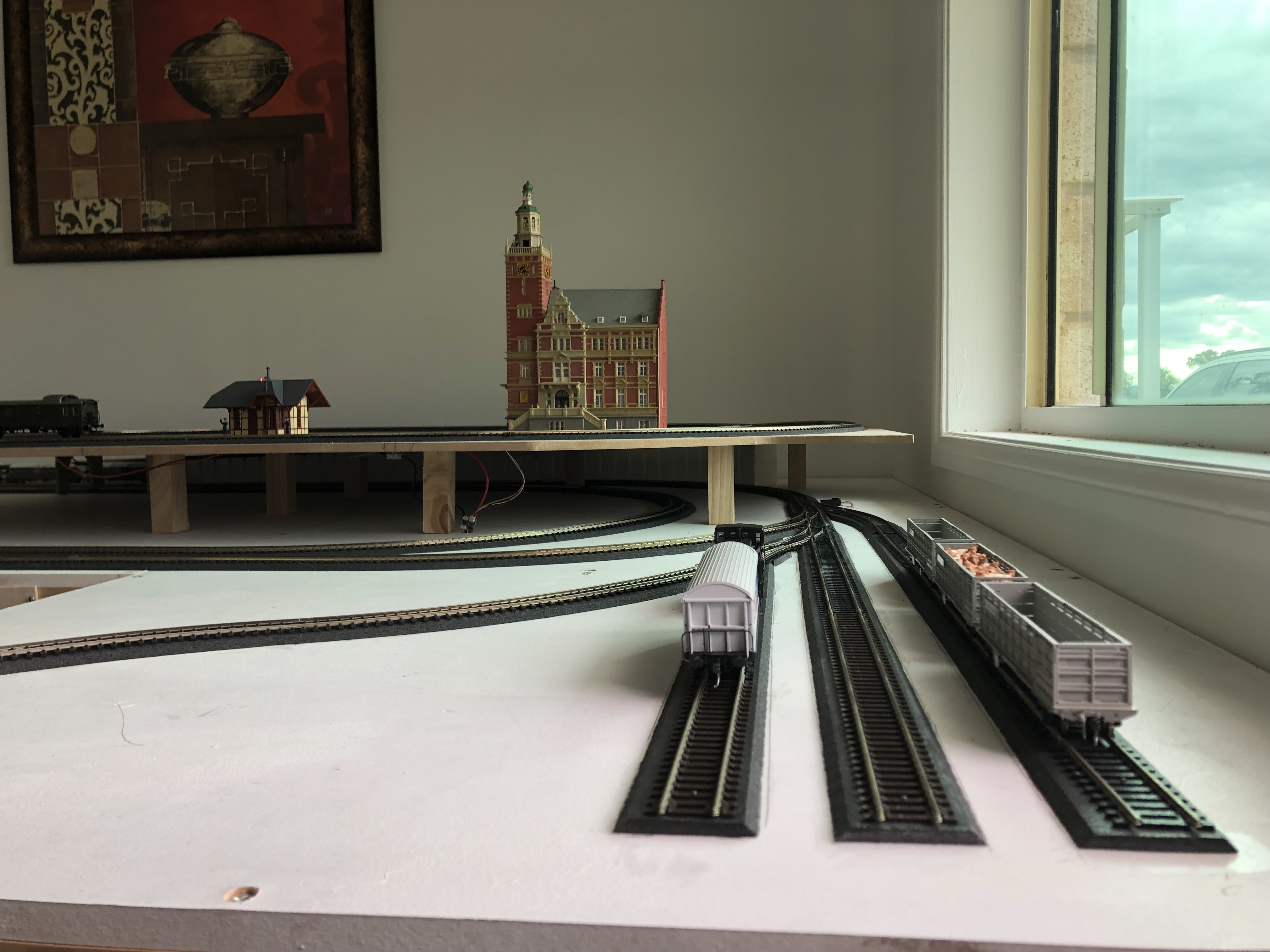
A while ago I posted the track plan, which itself had taken some time to finalise. At the time, building the layout was a work in progress. The bottom layer was completed without too many difficulties, but the top section posed some challenges.
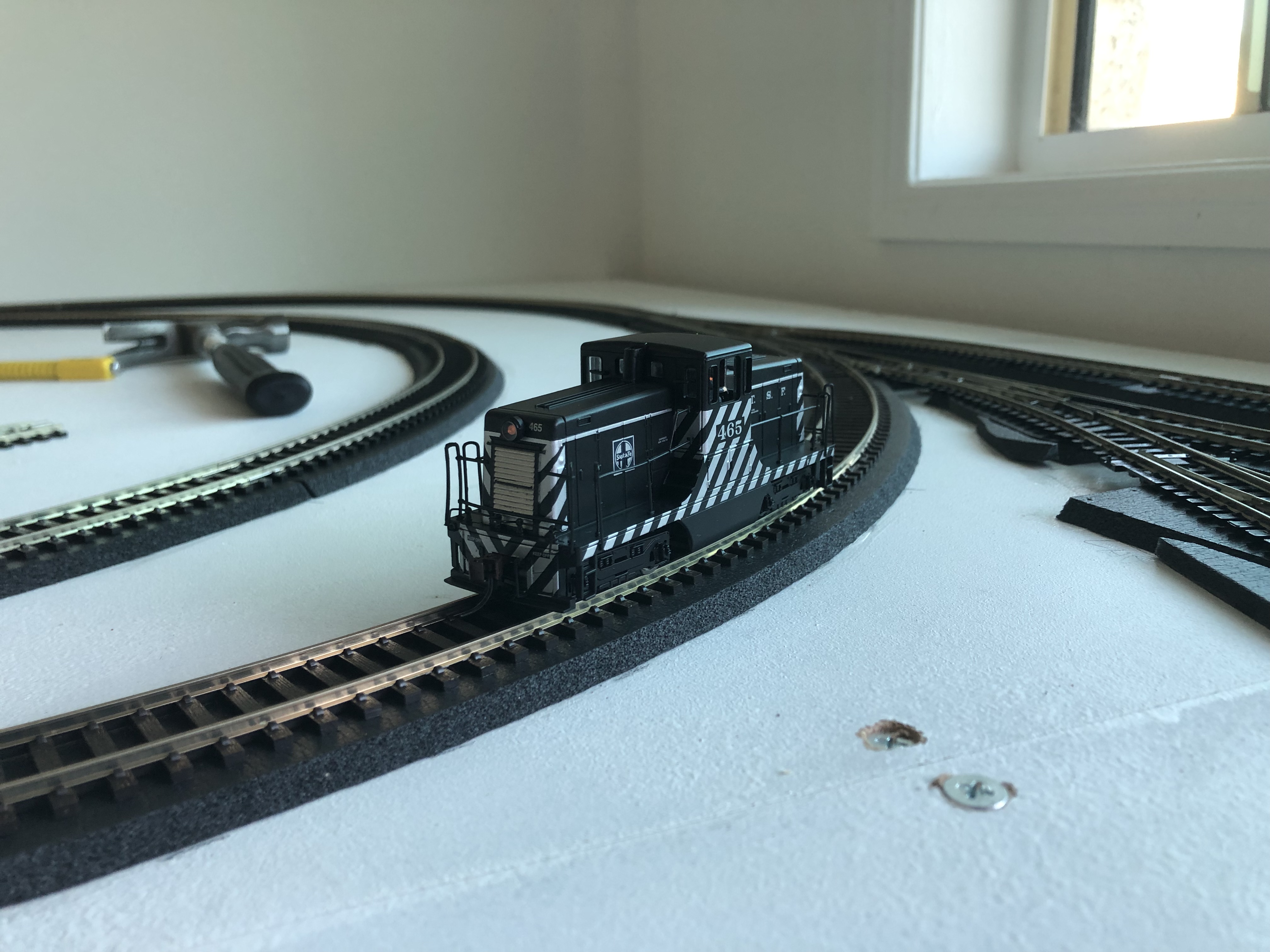
I've talked about the Track Tester, a GE 44-Ton Switcher, a few times. This unit - now having been given the nickname 'Zebra' due to its livery - was bought primarily to test the freshly wired layout and tell me if there are any problems that needed fixing - bad wiring, low power, something like that.
The new locos we added to our fleet were fairly affordable, but they also needed to be digitalised. This wasn't a major issue with either of them, they were both equipped with an 8-pin plug. For the X200, I bought a decoder specifically tailored for the small space available in the loco's chassis. For the BR 80, I intended to use one of my spares.




